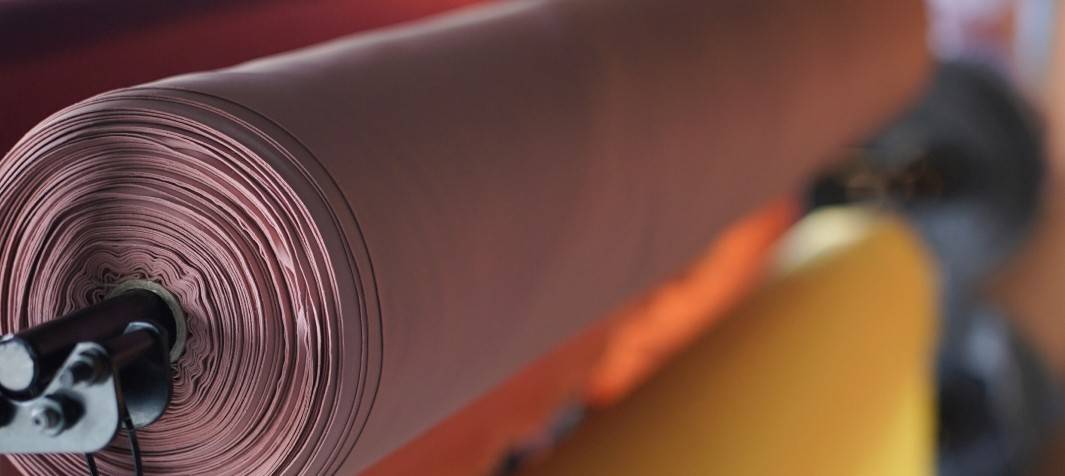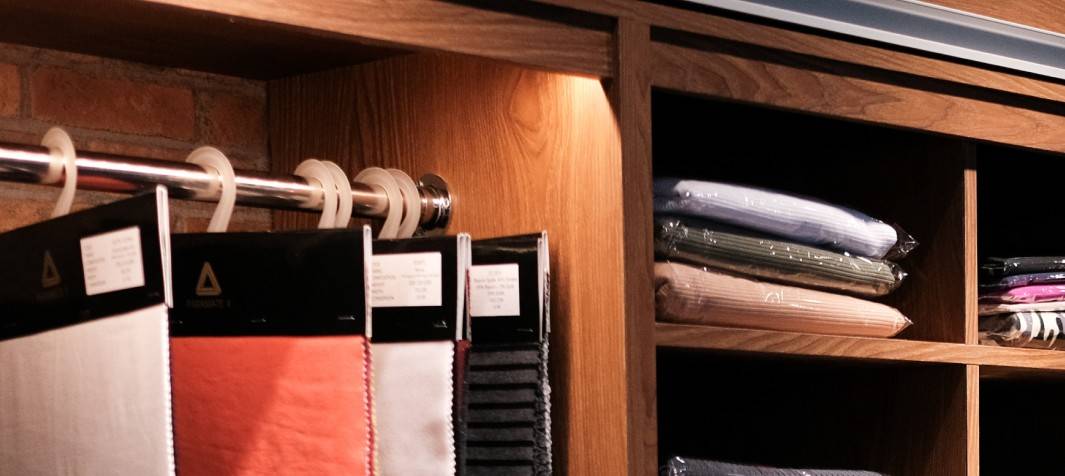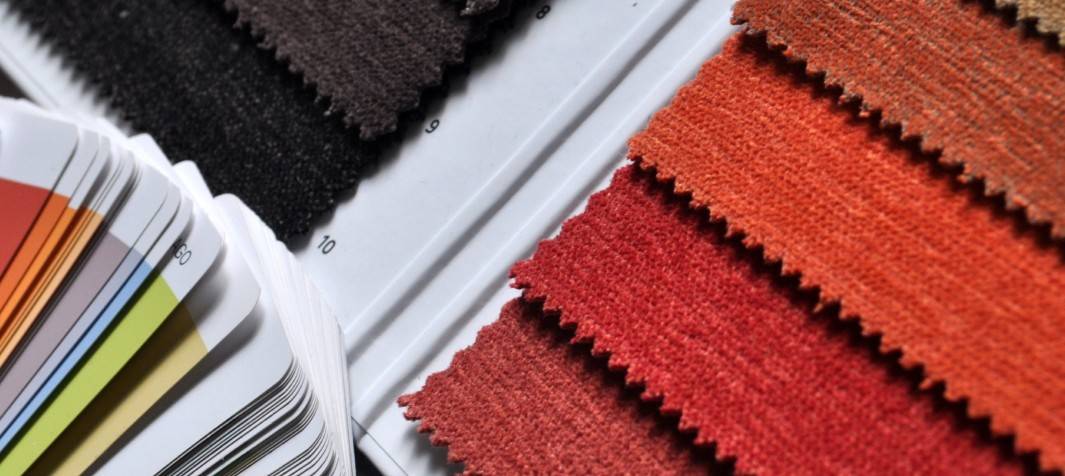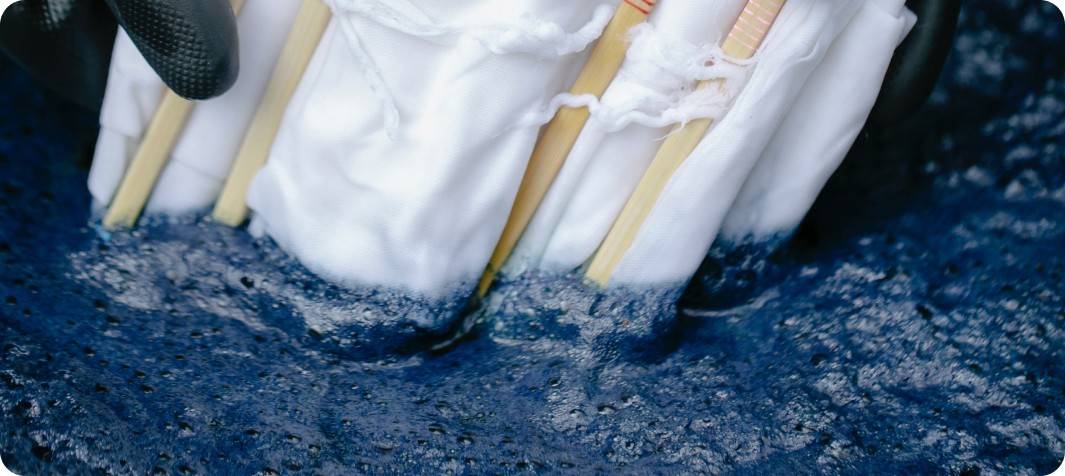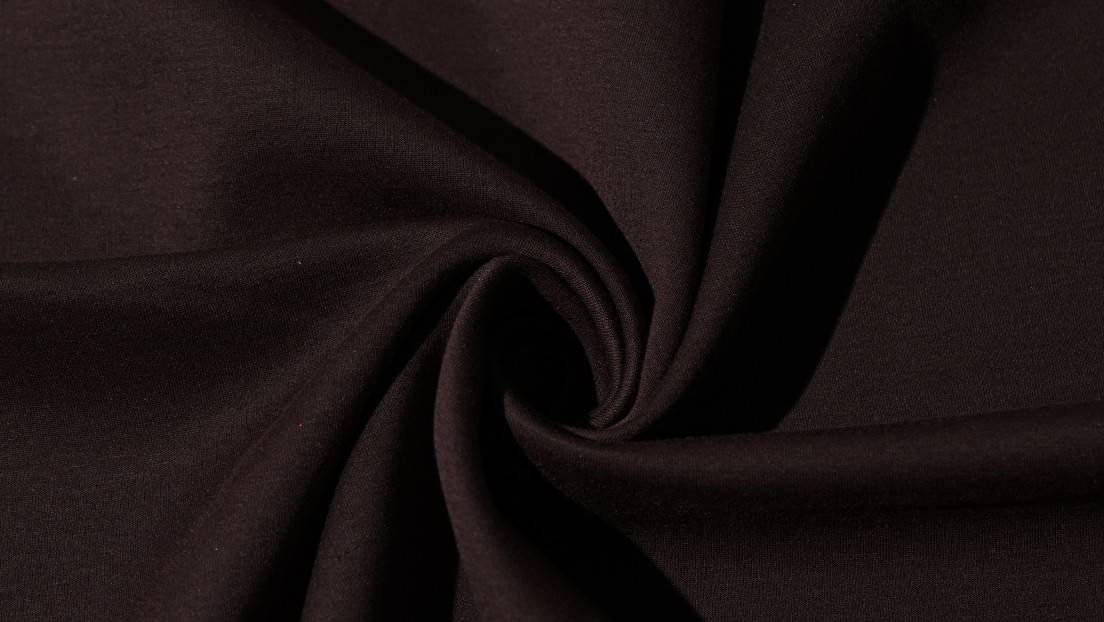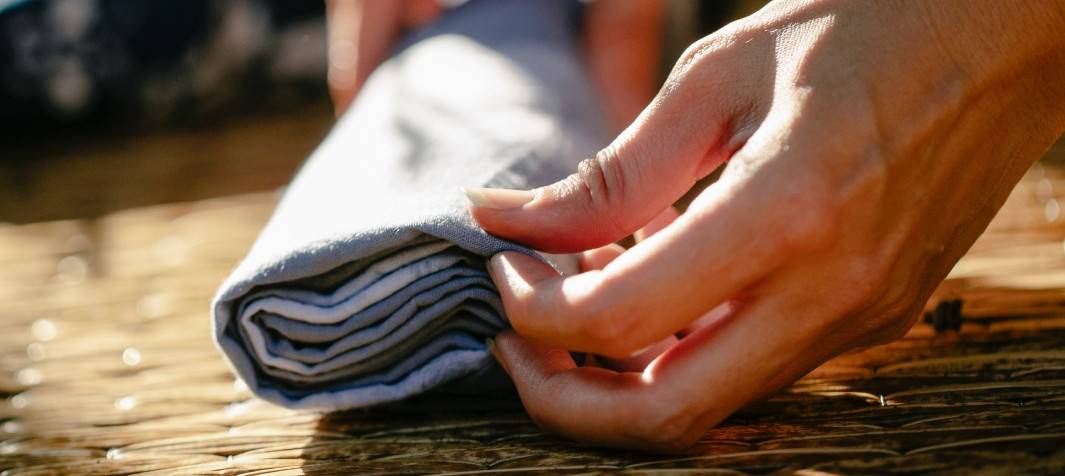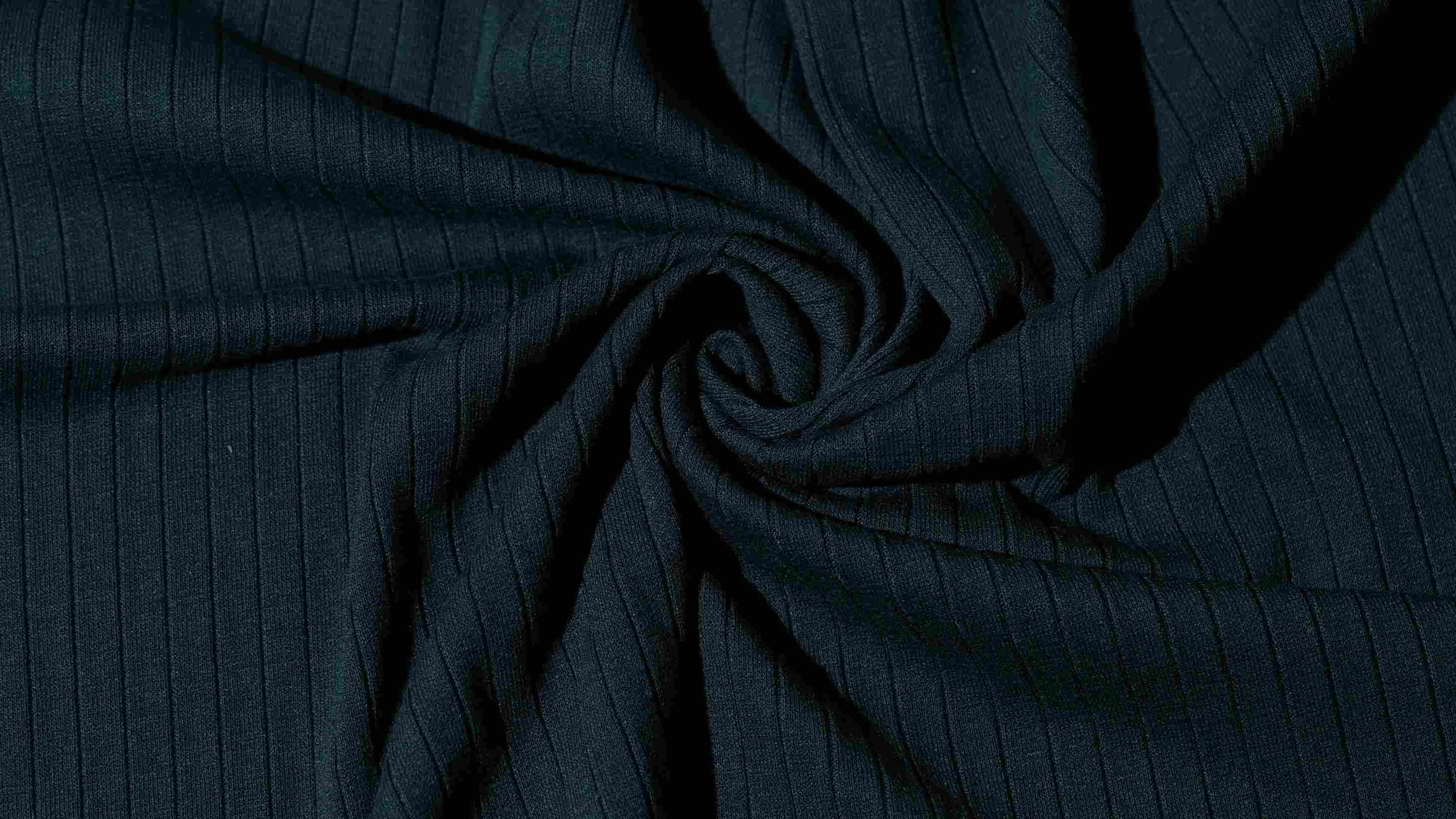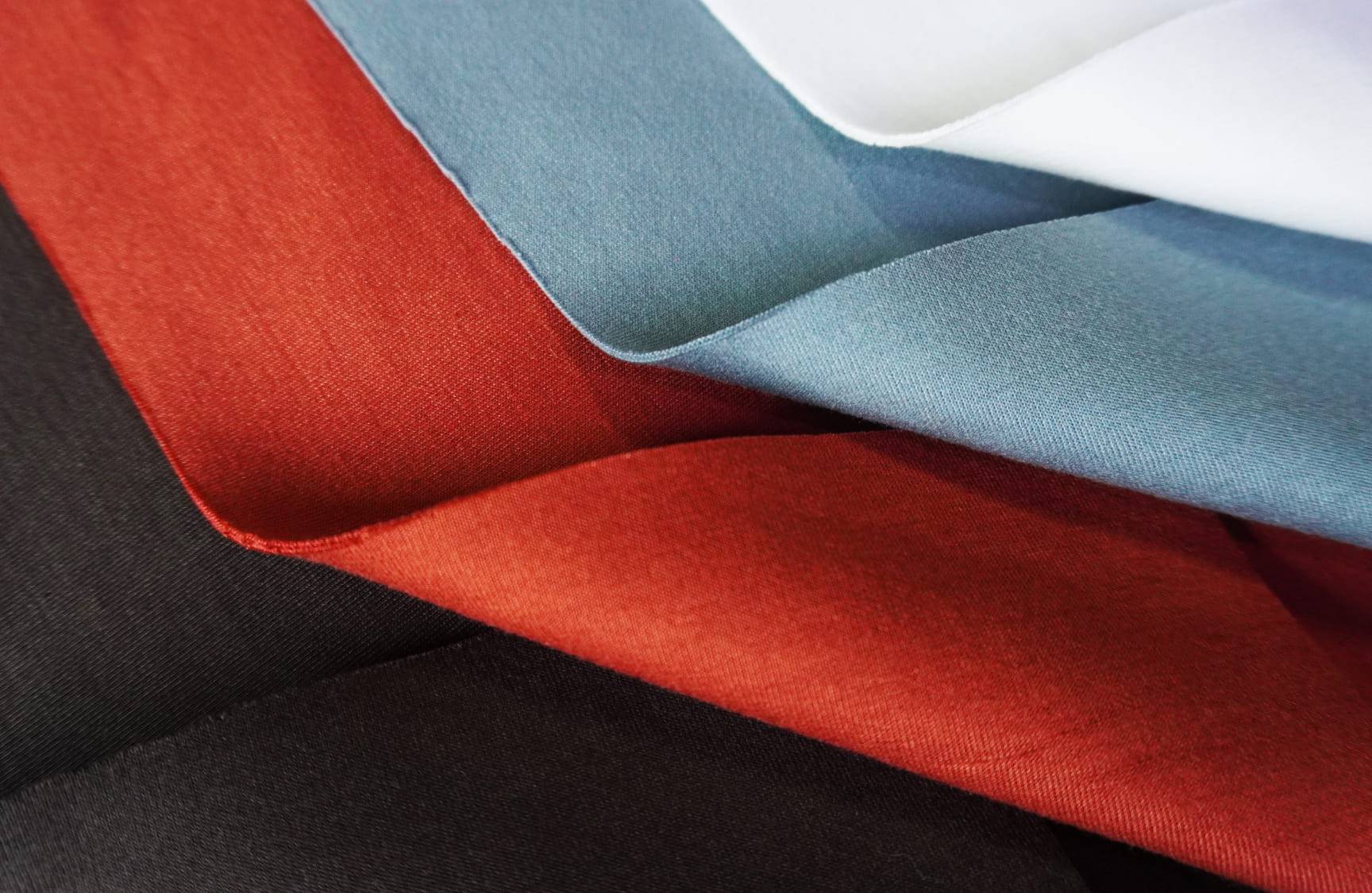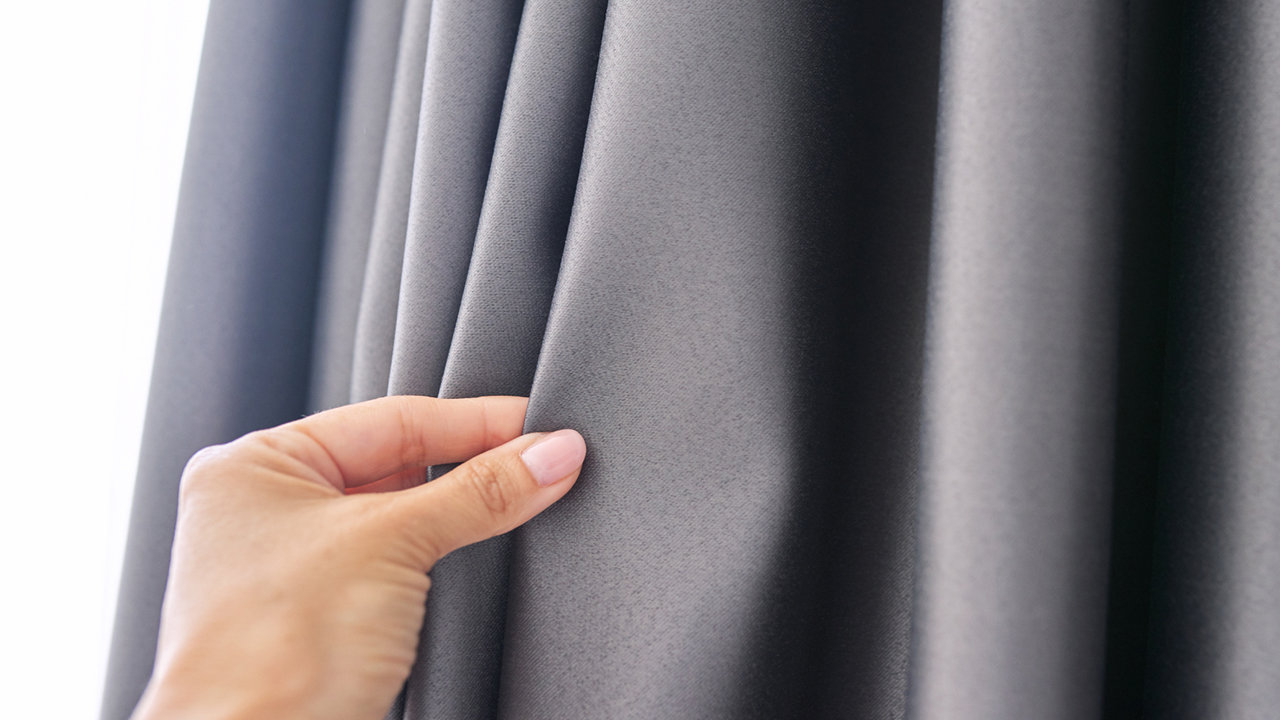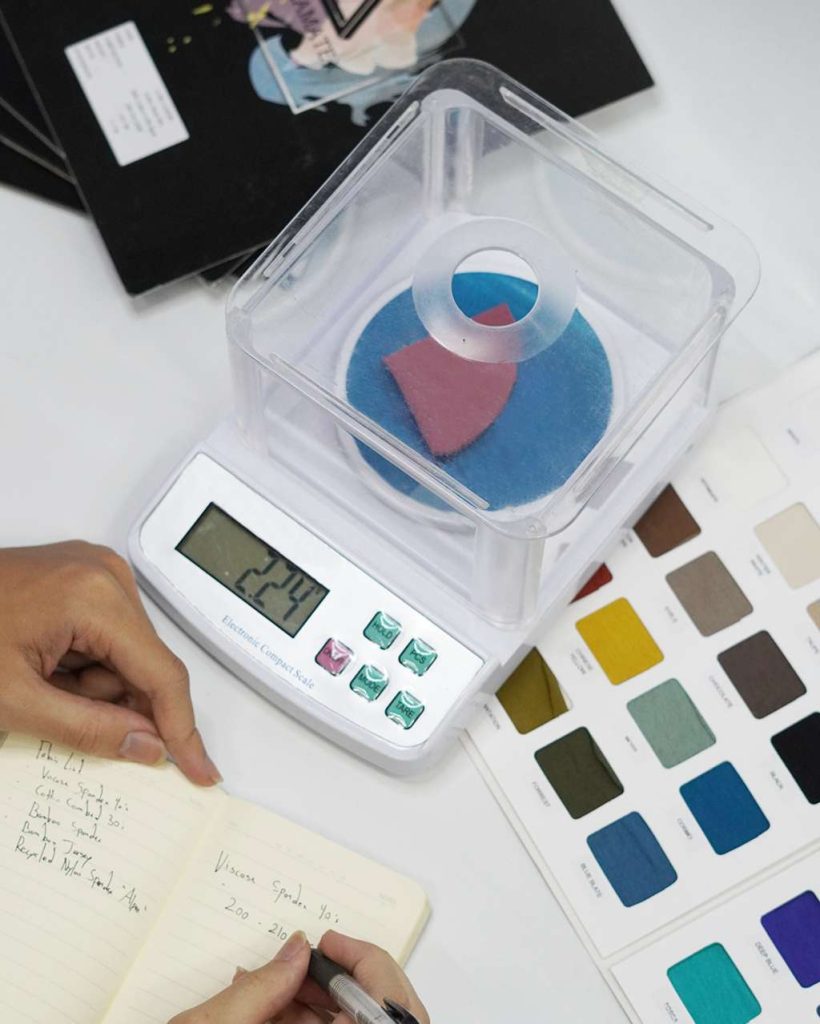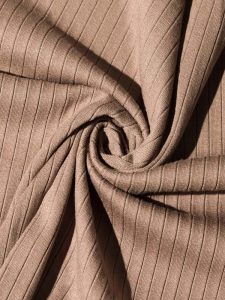When it comes to fabrics, one of the most important parameters that need to be considered is the weight. Fabric weight is defined as the weight of a fabric per unit area, usually expressed in grams per square meter (GSM). The weight of a fabric can has a significant impact on its quality, durability, texture, and appearance. In this article, we will explore why GSM is the preferred method of measuring fabric weight and compare it with other methods.
What is GSM?
GSM stands for grams per square meter. It is a widely used method of measuring the weight of a fabric. The GSM of a fabric is calculated by weighing a square meter of the fabric and dividing the weight by the area. For example, if a piece of fabric weighing 100 grams covers an area of one square meter, the GSM of the fabric is 100.
GSM is preferred over other methods of measuring fabric weight because it is more accurate and consistent. It is also easier to convert GSM to other units of measurement such as ounces
per square yard (OSY), which is commonly used in the United States.
Other Methods of Measuring Fabric Weight
While GSM is the most common method of measuring fabric weight, there are other methods as well. Ounces per square yard (OSY) is a method commonly used in the United States. It is the weight of a fabric per square yard in ounces. Denier is another method of measuring fabric weight. It is the weight in grams of a 9,000-meter length of fibre or yarn. Thread count is also used to measure fabric weight, but it is more commonly used to measure the quality of bed sheets.
While these methods are still used in some regions, GSM is preferred because it is more accurate and consistent. It also provides a more precise measurement of fabric weight, which is essential for quality control and ensuring the consistency of fabric production.
How GSM Affects the Fabric Quality
The GSM of a fabric can have a significant impact on its quality, durability, texture, and appearance. Fabrics with a higher GSM are stronger and more durable. They also tend to have a thicker texture and a more luxurious appearance. However, fabrics with a higher GSM may also be less breathable, less comfortable to wear, and more difficult to sew.
Fabrics with a lower GSM, on the other hand, tend to be lighter, more breathable, and more comfortable to wear. They are also easier to sew. However, they may not be as durable or have the same luxurious appearance as fabrics with a higher GSM. Choosing the right GSM for a particular fabric depends on several factors, including the type of fibre, the intended use of the fabric, and the desired texture and appearance.
Choosing the Right GSM for Different Fabrics
Diverse types of fabrics require different GSMs to achieve the desired texture, strength, and appearance. For example, cotton fabrics typically have a GSM ranging from 100 to 200, while silk fabrics can have a GSM as low as 6 or as high as 50, depending on the desired texture and weight. Wool fabrics have a higher GSM than cotton fabrics, ranging from 200 to 600, while synthetic fabrics can have a GSM ranging from 20 to 300, depending on the desired properties.
It is important to choose the right GSM for a particular fabric to ensure that it has the desired texture, strength, and appearance. Using the wrong GSM can result in a fabric that is too heavy, too thin, too weak, or too stiff.
Conclusion
Measuring fabric weight is an important part of quality control and ensuring consistent fabric production. GSM is the most preferred method of measuring fabric weight due to its accuracy, consistency and ease of conversion to other units of measurement. The GSM of a fabric can have a significant impact on quality, durability, texture and appearance, and choosing the right GSM for a particular fabric is very important.
Measuring fabric weight is an important part of the skin control process for fabrics, GSM is also a benchmark for maintaining consistency in the production of a fabric. For example, when you are going to produce 20s cotton cloth, the GSM ranges from 180-220 GSM, but when it is finished, it turns out that the gram is only 150 GSM, this indicates that something went wrong in the production process.
However, the GSM of a cloth does not always determine the quality of the cloth. In some situations, there are fabrics with a lower GSM that are actually higher quality, durable, and stronger than fabrics with a higher GSM.
You can check information about various fabrics in the Fabric Catalog on this website. The Fabric Catalog contains a variety of fabrics available at the Paramatex Fabric Shop, ranging from synthetic materials to organic materials. Or even, you can also directly ask our Call Center about the fabric you are referring to.
Just click directly on the Fabric Catalogue at the top of this website, or simply click on the link below.
PARAMATEX FABRIC CATALOGUE
